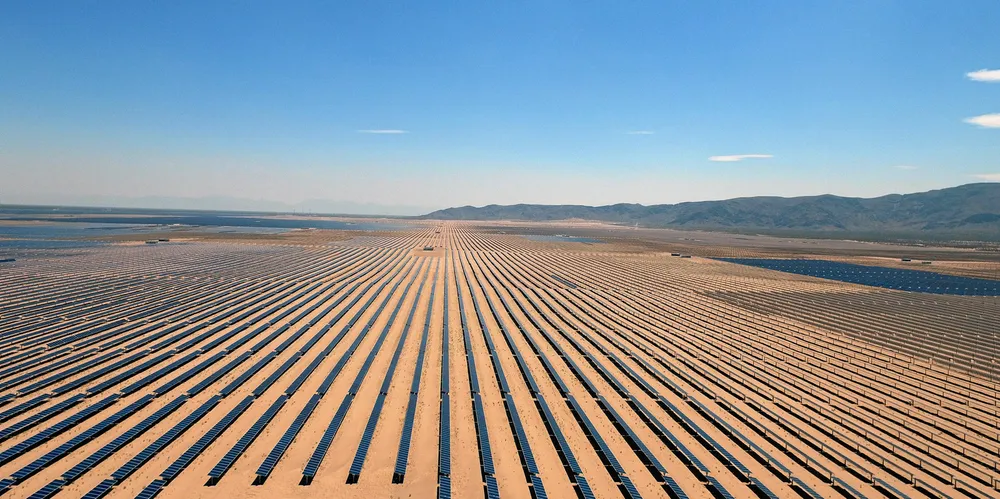Giga-scale green hydrogen: 'Developers are being unrealistic about levelised costs'
The cost of producing H2 at gigawatt-plus projects will be much higher than companies are projecting, and differ by country, writes Keynumbers founder John Poljak

The cost of producing H2 at gigawatt-plus projects will be much higher than companies are projecting, and differ by country, writes Keynumbers founder John Poljak
